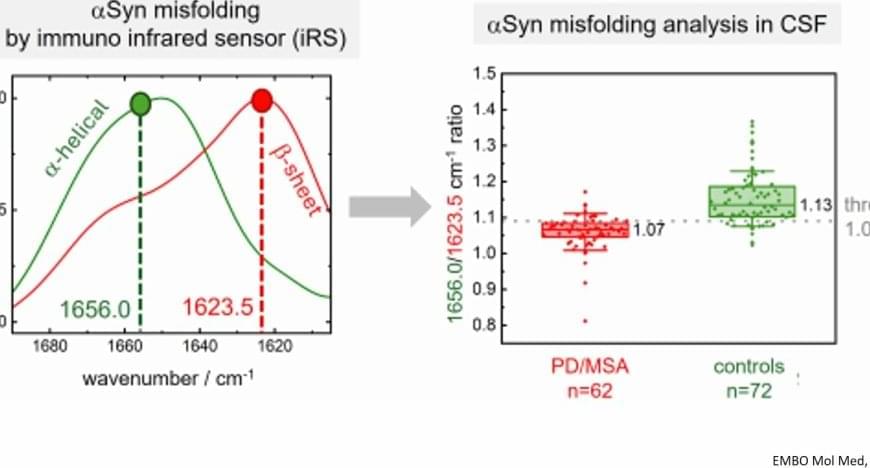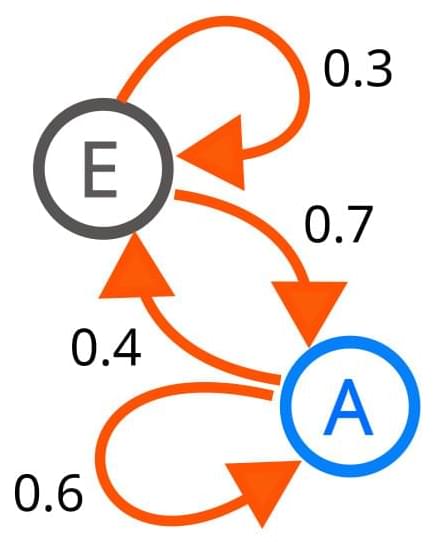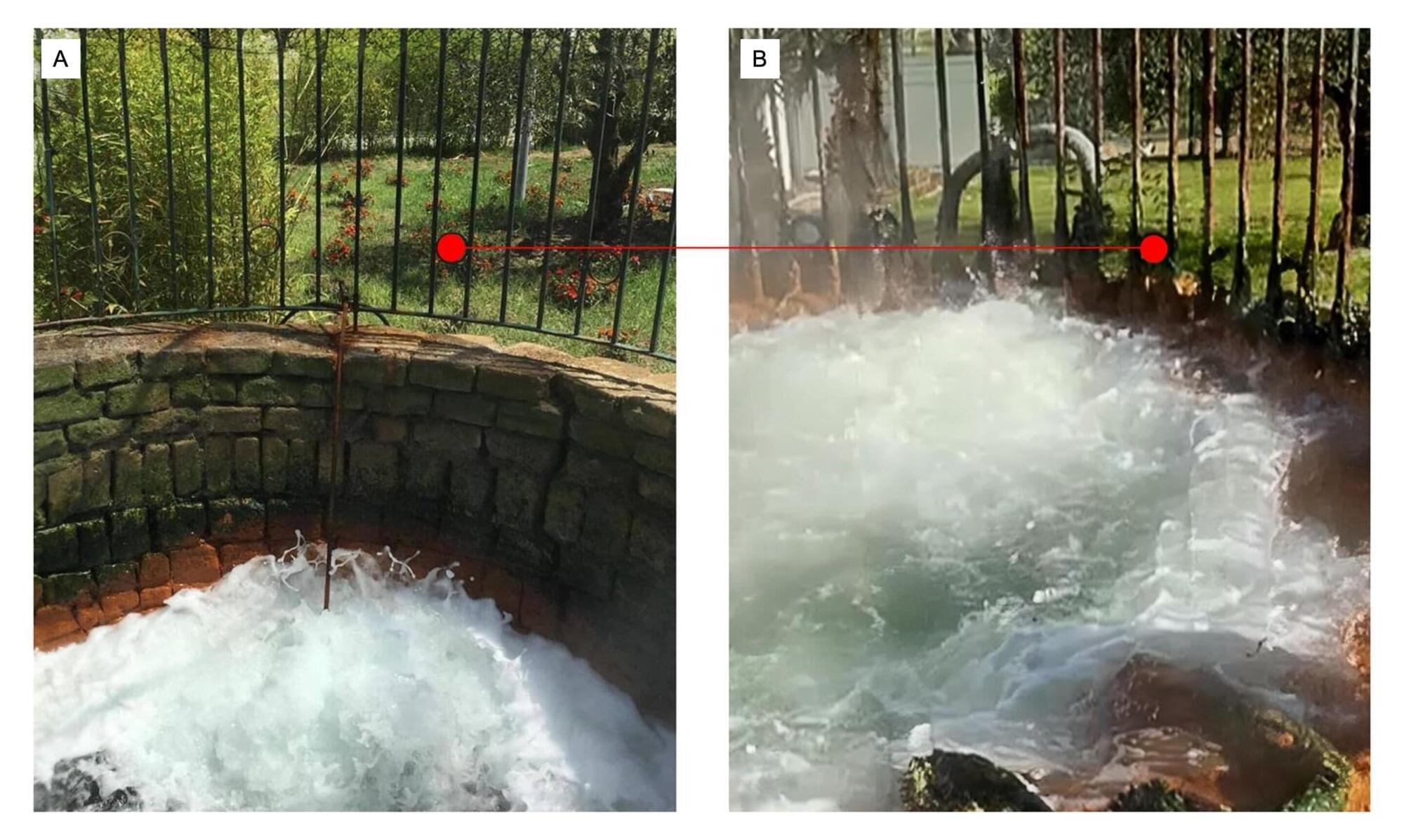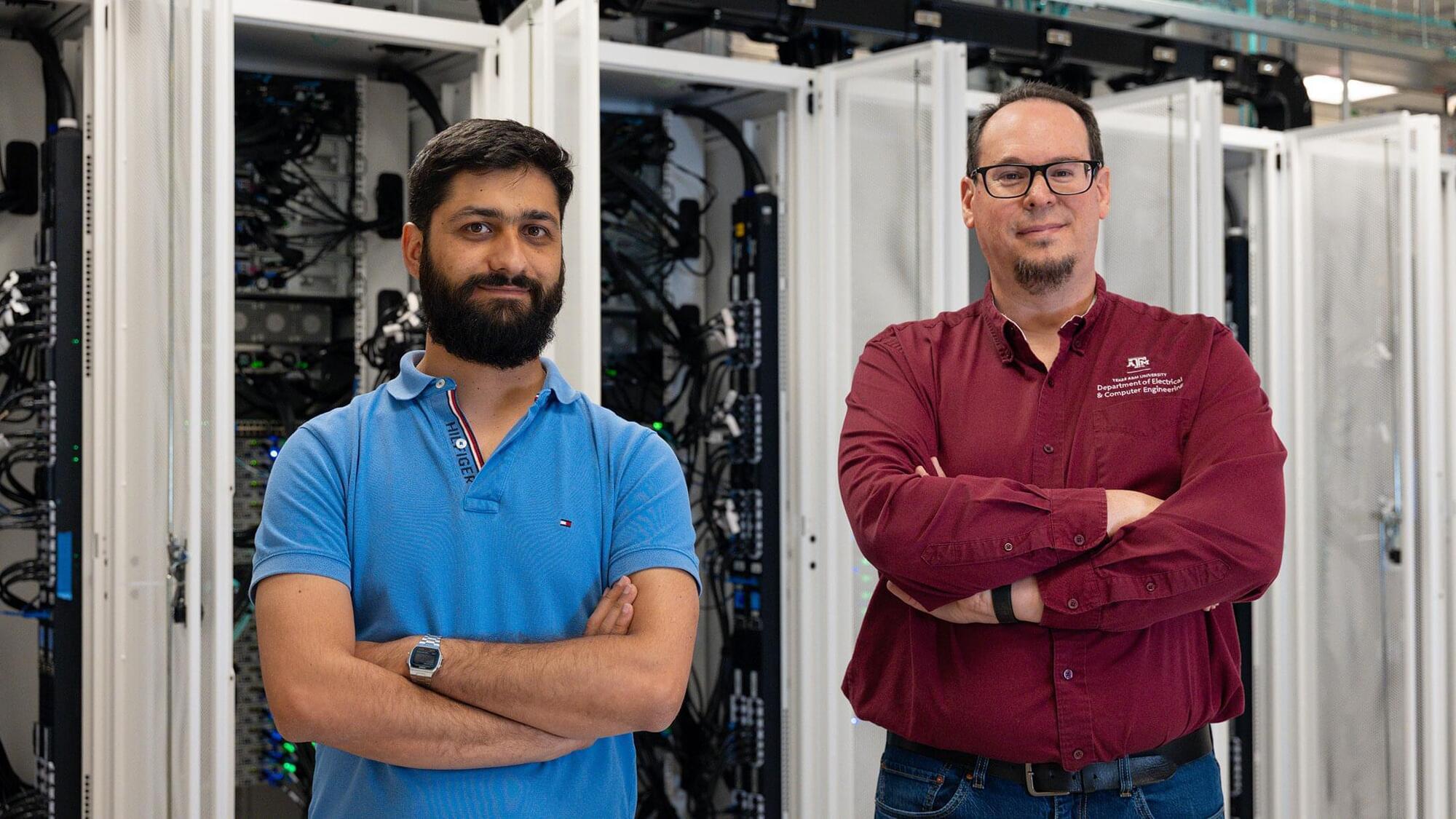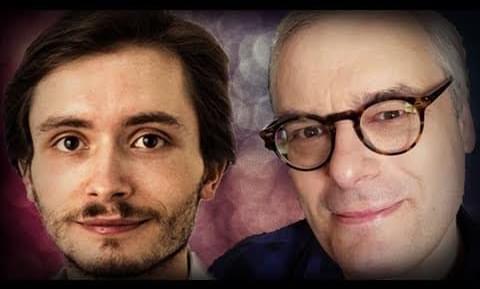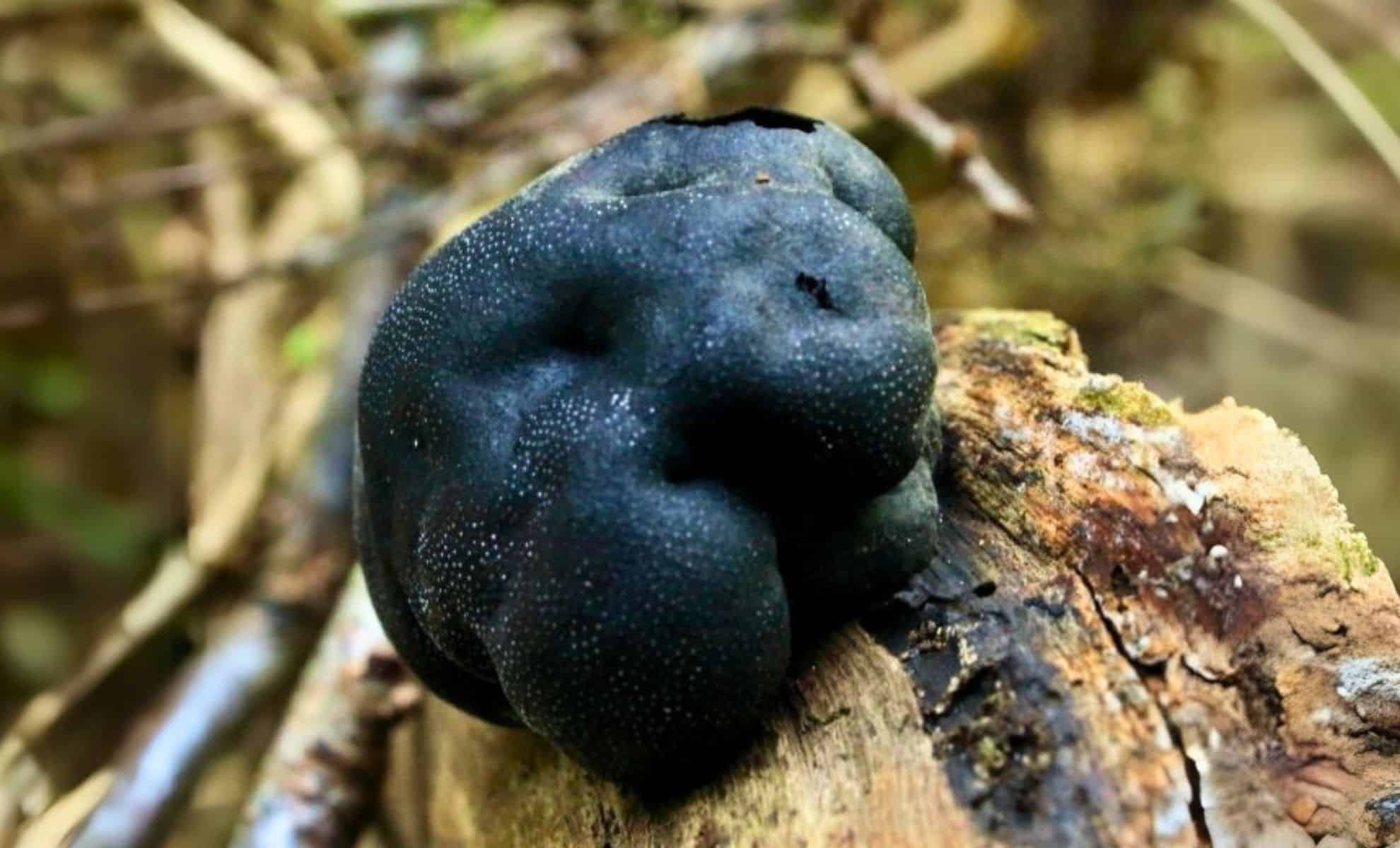A new gene therapy reversed heart failure in pigs by repairing heart function through cBIN1, showing major promise for future treatment.
A new gene therapy has been shown to reverse the effects of heart failure and restore heart function in a large animal model. The treatment increases the heart’s ability to pump blood and significantly improves survival rates. A paper describing the results calls it “an unprecedented recovery of cardiac function.”
Heart failure is currently irreversible. Without a heart transplant, most treatments aim only to reduce the heart’s workload and slow the progression of the disease. If this gene therapy produces similar outcomes in future clinical trials, it could offer a way to repair the hearts of one in four people expected to develop heart failure during their lifetime.
